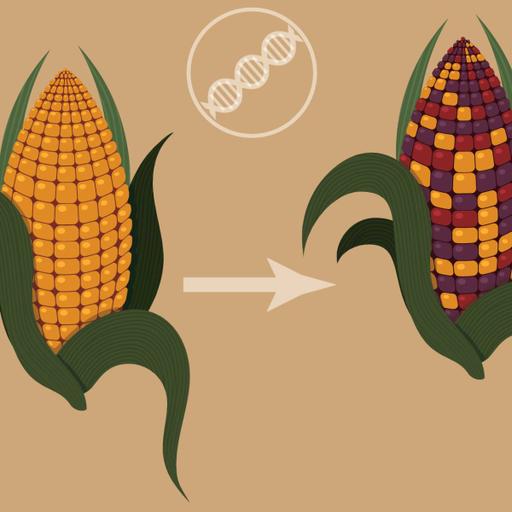Retrotransposons
Presentations | English
Retrotransposons represent a highly unique group of transposable elements and form large portions of the genomes of many eukaryotes (organisms with cells containing a clearly defined nucleus). Retrotransposons are common in plants and serve as the major component of the nuclear DNA. For instance, the genome of maize is comprised of 49 to 78 % retrotransposons. They also occur in animals and humans. Retrotransposons may be classified into three groups: (1) transposons with long terminal repeats (2) long interspersed nuclear elements (3) short interspersed nuclear elements. Retrotransposons are long interspersed DNA elements that have been transcribed into RNA and then reverse- transcribed into complimentary DNA. They usually establish long term associations with the host genome. These stable relationships with the host genome are believed to have given rise to specialized insertion strategies.

6.25
Lumens
PPTX (25 Slides)
Retrotransposons
Presentations | English
